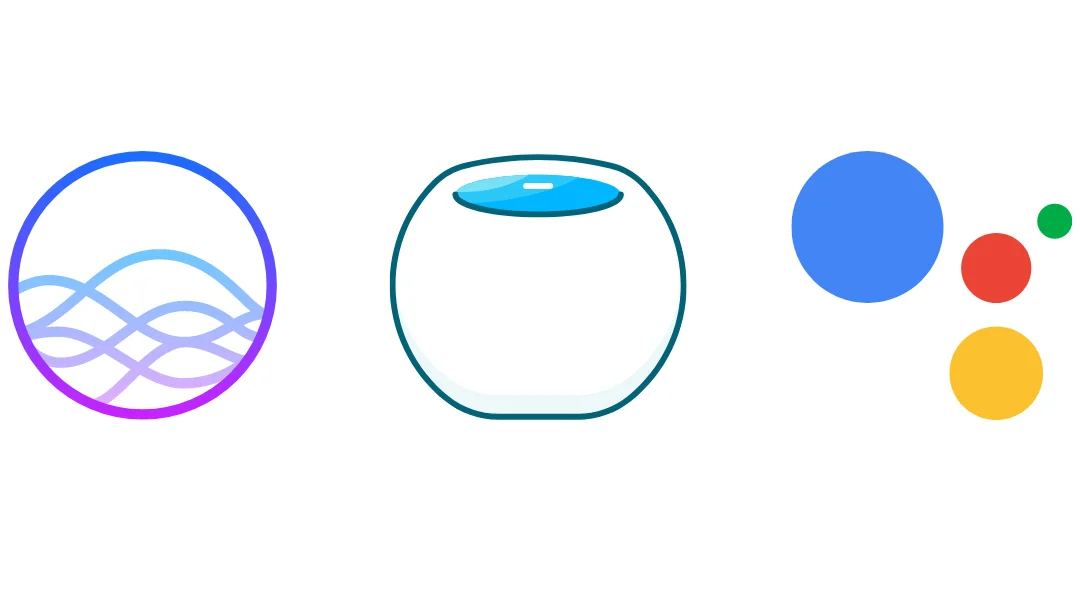Exploring AI's Potential: What Can It Really Do for You?

In an era where "Siri, what's the weather like today?" or "Alexa, play my favorite song," are phrases as common as the morning coffee, artificial intelligence has woven itself into the very fabric of our daily lives. But have you ever stopped to ponder the full spectrum of AI's capabilities and how you can harness them to not only simplify your day-to-day tasks but also to revolutionize the way you operate your business or manage your home? Imagine a world where your personal efficiency soars and decision-making sharpens, all thanks to the silent whispers of AI. How, you ask? Well, the journey from AI novice to aficionado is just a scroll away.
As we dive into the depths of AI utility, let's pose some thought-provoking questions. How can personal AI assistants transform your productivity? What are the hidden gems of AI in online services that you're yet to discover? Can your home really be smart enough to anticipate your needs? And when it comes to business, could AI be the secret weapon for analytics that catapults your company to unprecedented success? This blog post is your treasure map to unlocking the mysteries of AI application across various facets of your life. With concrete figures like "AI can reduce business costs by up to 40%," and expert quotes like Andrew Ng's "AI is the new electricity," prepare to be both informed and inspired.
Method 1: AI in Online Services
Artificial Intelligence (AI) is transforming online services, providing a tailored and efficient user experience that caters to individual preferences and streamlines digital interactions. These intelligent systems are revolutionizing the way we engage with technology, making every online encounter more intuitive and satisfying.
Step 1: Use AI-Powered Search Engines
- Harness the capabilities of AI-enhanced search engines like Google to receive more accurate and relevant search results, tailored to your past interactions and inquiries.
Step 2: AI for Email Filtering and Responses
- Take advantage of AI-driven services such as Gmail, which intelligently filters out spam and suggests quick, contextually relevant responses to your emails.
Step 3: AI in Social Media
- Platforms like Facebook and Instagram leverage AI to fine-tune your feed and recommend content, ensuring that your social media experience is aligned with your interests and interactions.

Enhancing Online Services with AI: A Closer Look at Deep Brain AI's Innovations
Artificial Intelligence (AI) is not just a buzzword in the realm of technology but a transformative force reshaping the landscape of online services. By integrating AI, online platforms are offering personalized, efficient, and increasingly human-like interactions. Among the vanguard of this revolution is Deep Brain AI with its AI Studios service and AI Human content, which exemplify the innovative use of AI in enhancing digital experiences.

AI Studios: Revolutionizing Video Production with Text-to-Video Technology
Deep Brain AI's AI Studios stands out as a groundbreaking text-to-video generation platform, harnessing the power of deep-learning and video synthesis technology. This platform is a game-changer for broadcasters, media companies, and the entertainment industry, as it significantly reduces video production time and costs. With AI Studios, these sectors can create high-quality video content with fewer resources, less manpower, and at a fraction of the traditional expense. The hyper-realistic avatars, boasting a 96.5% similarity to real humans, are capable of full-body natural gestures through advanced techniques like frame interpolation and gesture keyframing.
The real-time AI avatar for conversation is a key differentiator, surpassing conventional text-to-video solutions. It offers an immersive experience with fast and low-latency performance, thanks to streaming inference, distributed GPU support, and lightweight machine learning models. This technology is not just efficient but also scalable, making it an ideal solution for a variety of enterprises seeking to enhance their external and internal video communications.
AI Human: Bridging the Gap Between Digital and Human Interaction
AI Human by Deep Brain AI is a real-time responsive conversational AI solution that can be seamlessly integrated into diverse environments. Its application ranges from conversational consultation services on mobile applications to interactive AI Human Kiosks in the offline retail industry. These AI Humans are designed to increase customer engagement by providing a lifelike interaction experience that feels natural and intuitive.

The AI Human solution leverages a sophisticated AI that can understand and respond to users in real-time, offering a level of interaction that closely mirrors human conversation. This technology is not only enhancing the customer experience but also revolutionizing the way companies approach service and support. With the ability to operate with low latency and high resolution, AI Human avatars are setting a new standard for digital interaction, making every online encounter more intuitive and satisfying.

In conclusion, Deep Brain AI's AI Studios and AI Human content are at the forefront of leveraging AI to enhance online services. These innovative solutions are reshaping the way we create and consume digital content, making interactions more personalized, efficient, and human-like. As technology continues to evolve, the potential applications for these AI-driven services are boundless, promising a future where digital experiences are indistinguishable from real-life interactions.
Method 2: Personal AI Assistants
In the era of digital convenience, personal AI assistants stand as the epitome of efficiency, seamlessly integrating into our daily routines to streamline tasks and enhance productivity. Regardless of your device's ecosystem, engaging with your AI companion is straightforward and user-friendly.

Step 1: Activate Your Assistant
- For Siri (iOS): Simply press and hold the Home button or invoke Siri's attention by saying "Hey Siri," to awaken your iOS-based virtual helper.
- For Google Assistant (Android): Utter the phrase "Hey Google" or press and hold the Home button to engage with Google's intelligent assistant, ready to respond to your inquiries.
- For Alexa: Begin by downloading the Amazon Alexa app and signing in with your Amazon account; then, simply say "Alexa" to activate Amazon's voice-controlled aide.

Step 2: Set Up Voice Recognition (Optional)
- Take a moment to train your assistant to recognize your unique voice, thus enabling a more personalized and secure interactive experience with your device.
Step 3: Ask Questions or Give Commands
- Leverage the power of your AI assistant to inquire about the weather, set reminders, send messages, or perform a myriad of other convenient tasks with just your voice.
Method 3: AI in Smart Home Devices
The advent of smart homes marks a new chapter in domestic convenience, with AI and home automation devices joining forces to redefine our interaction with living environments. To fully embrace the capabilities of AI in your home, it is crucial to integrate these technologies effectively and thoughtfully.

Step 1: Choose Compatible Devices
- Select smart home devices that are designed to work in harmony with your preferred AI assistant, ensuring a cohesive and streamlined smart home ecosystem.
Step 2: Connect Devices to Your Network
- Adhere to the manufacturer's guidelines to connect each smart device to your Wi-Fi network, thus enabling centralized control and communication.
Step 3: Control Devices Using AI
- Employ voice commands or utilize the corresponding application to manage your smart home devices, creating a living space that responds to your needs and preferences with ease.
Method 4: AI for Business and Analytics
The integration of Artificial Intelligence (AI) in business and analytics is a game-changer, providing deep insights and enhanced operational efficiency. By adopting AI-driven tools and methodologies, businesses can leverage advanced machine learning and predictive analytics to inform strategic decisions and optimize workflows.

Step 1: Implement AI Tools
- Introduce AI-powered tools such as Salesforce for comprehensive customer relationship management or Tableau for sophisticated data visualization, enriching the business intelligence landscape.
Step 2: Analyze Data
- Employ AI algorithms to meticulously analyze vast datasets, extracting valuable insights that can inform business strategies and drive growth.
Step 3: Automate Processes
- Utilize AI to automate monotonous tasks, from data entry to complex scheduling, freeing up human resources for more strategic initiatives and creative thinking.

Troubleshooting Tips
- Assistant Not Responding: Check your device's microphone settings and internet connection.
- Inaccurate AI Predictions: Provide more data and context for better AI learning and predictions.
- Smart Home Device Issues: Ensure the device is properly set up and connected to the same network as your AI assistant.
Common Issues and Solutions
- Voice Recognition Errors: Re-train your AI assistant to recognize your voice.
- AI Misunderstandings: Speak clearly and use specific commands.
- Connectivity Problems: Reset your router or check for updates on your AI devices.

Additional Tips and Tricks
AI technology is rapidly evolving, and by staying informed and adaptable, you can harness its full potential. Whether it's for personal use or business applications, AI can significantly improve efficiency and provide valuable insights. Remember to keep privacy in mind and review the settings of your AI applications to ensure your data is handled securely.
By following these steps and tips, you should now have a clearer understanding of how to use AI to your advantage. As AI continues to develop, there will be even more ways to integrate it into our daily lives, so stay curious and keep learning!




